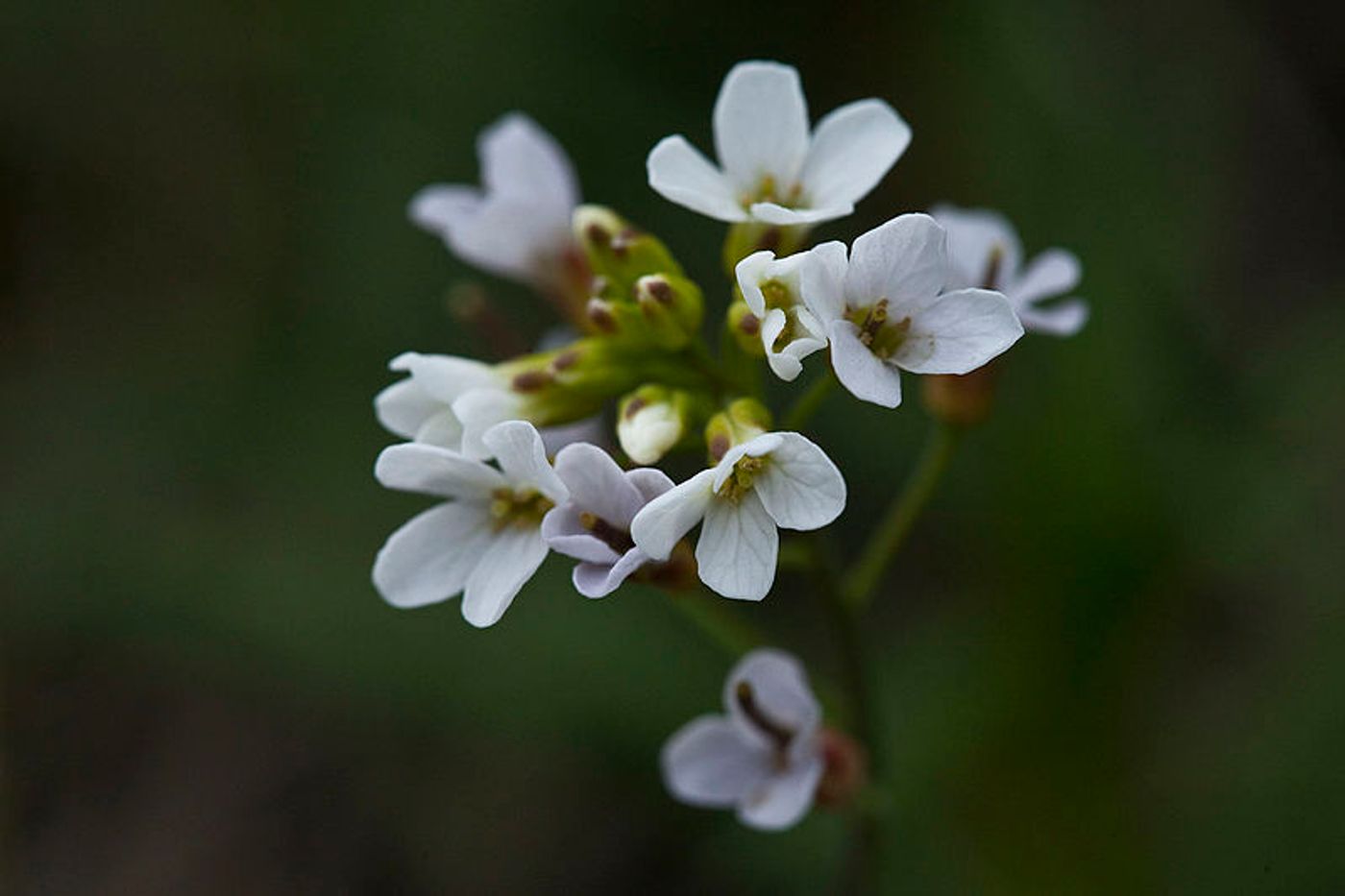Duplication Events in the Genome Drive Evolution
The majority of plants that grow in the wild and on farms have undergone some kind of duplication event in their genomes, such as when two species combine into one. When an organism has extra sets of chromosomes from such events, it’s called polyploid; plants often carry four sets of chromosomes. While it’s been suggested for some time that this process encourages evolution, it’s challenging to analyze these large and complex genomes and therefore, it’s been difficult to prove that hypothesis. Work by an international team of researchers has now demonstrated it. Reporting in Nature Communications, they used a plant called Arabidopsis kamchatica for their study.
Led by Timothy Paape and Kentaro Shimizu from the Department of Evolutionary Biology and Environmental Studies of the University of Zurich (UZH), the team sequenced 25 different Arabidopsis kamchatica samples. They also sequenced 18 samples of its parental plants, all of which were taken from different areas around the world.
The two parental plants were A. halleri and A. lyrata, which hybridized naturally at least 65,000 years ago. The resulting A kamchatica plant has a relatively small genome for a polyploid species, but it is still a complex one. The researchers were able to use cutting-edge sequencing methods to reveal the genetic sequences carried by their plant samples. This large and complicated genome has enabled the species to survive in changing environmental conditions.
"With these results, we have demonstrated on a molecular-genetic level that genome duplications can positively affect the adaptability of organisms," noted plant scientist Timothy Paape. The plant can test out new mutations, some of which may be advantageous and others that may not, all while retaining regular copies of essential genes.
The duplicate genome it carries has allowed A. kamchatica to thrive in various parts of Alaska and the Pacific Northwest of the United States, Taiwan, Japan, and the Russian Far East.
"Knowing the genomic and evolutionary context also helps us understand how genetic diversity allows plants to adapt to changing environmental conditions," said Kentaro Shimizu.
Check out the video above to learn more about how new genetic information arises.
Sources: AAAS/Eurekalert! via UZH, Nature Communications









